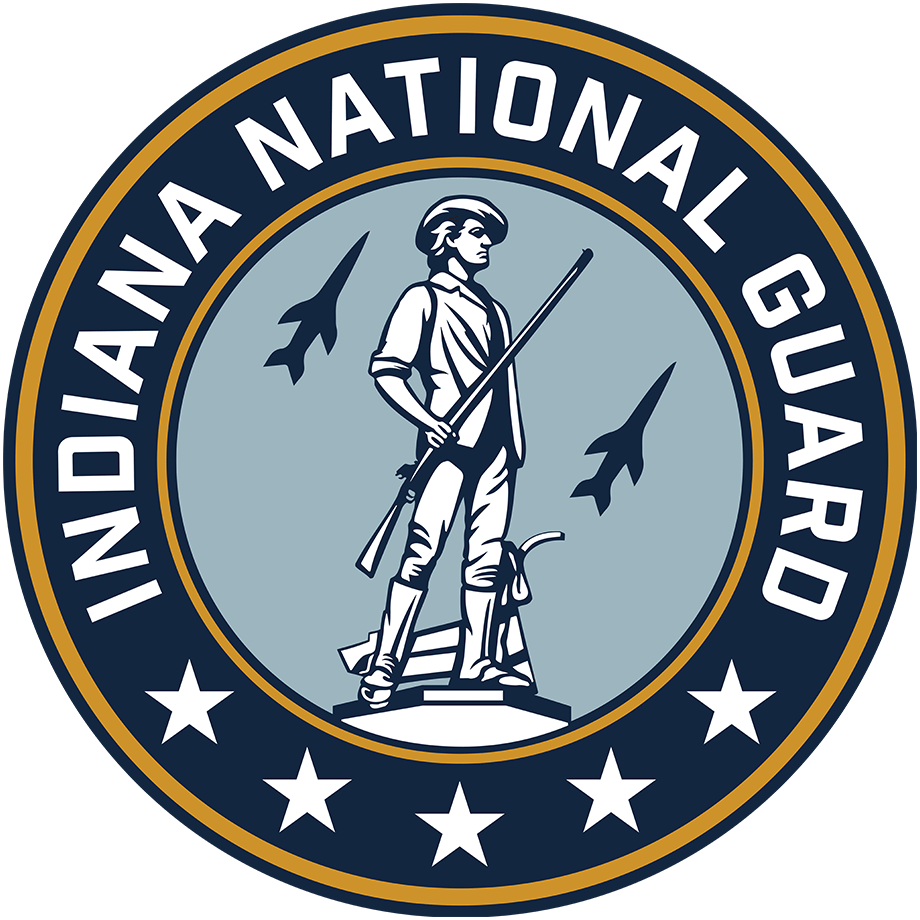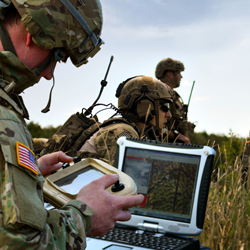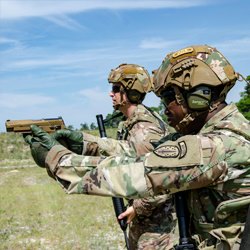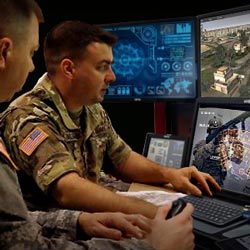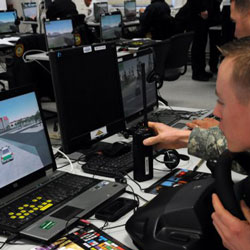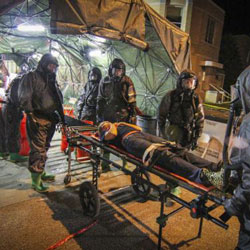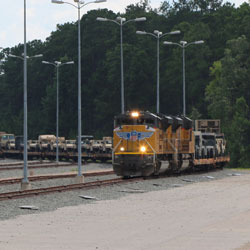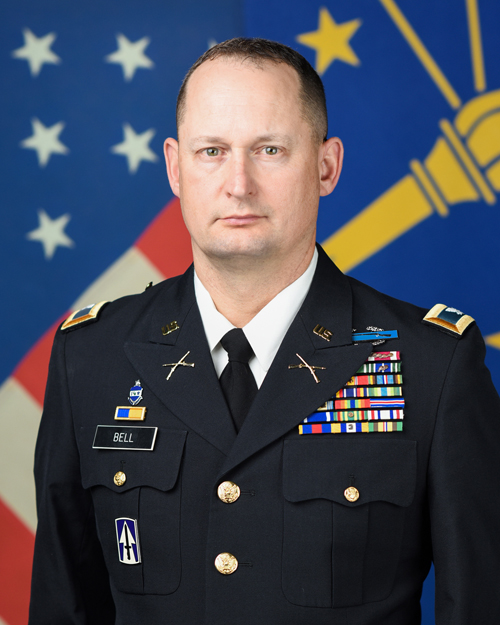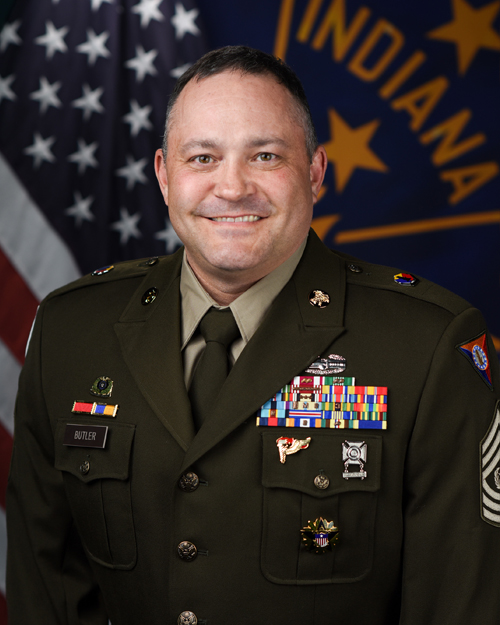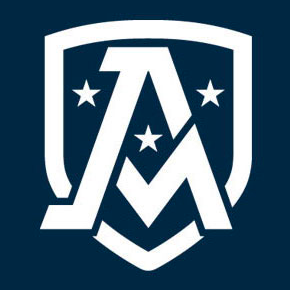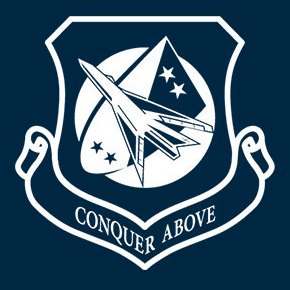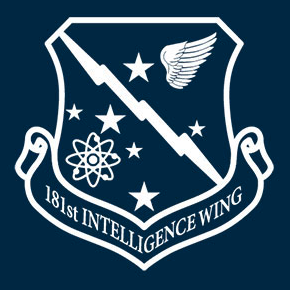"We are Prepared"
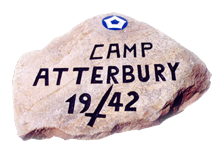
Camp Atterbury (CAIN) provides full logistical and training support for up to two brigade-sized elements simultaneously on more than 34,000 acres. The federally owned facility, licensed to and operated by the Indiana National Guard, offers a variety of training ranges, live-fire venues, managed airspace with air-to-ground firing capabilities and an LVC simulation and exercise center. CAIN has secure facilities, simulations, ranges, configurable classrooms and conference spaces to provide users with experiences that are versatile and mission-specific. The facility combines a walking campus, new barracks complex and multiple life support features to units conducting large-scale training and pre-operational testing.
The Atterbury Rail Deployment Facility (ARDF) or “railhead” at CAIN has the ability to load/unload a brigade combat team in 72 hours, and can handle 120 rail cars per day. It includes a 20,000 square foot vehicle deployment processing facility, weigh-in-motion scale house, rail operations building and loading, marshalling and staging areas.
Amenities available on-site include free or low-cost billeting, including 5,334 bed spaces at Camp Atterbury, sustainment, laundry services, food services, gym, PX and more.
Mission and Capabilities
Atterbury-Muscatatuck Training Center serves as a major training site for individual, collective, and joint operations providing realistic venues for live, virtual and constructive training and testing events in order to increase training readiness, attract commercial defense industry participation and build strategic partnerships. It includes the Indiana Air Range Complex and Muscatatuck Training Center. On order, Atterbury-Muscatatuck activates as a Mobilization Force Generation Installation in support of FORSCOM and Combatant Commander requirements.
Atterbury-Muscatatuck has three primary mission areas: (1) provide traditional training and testing support to the Army National Guard, Active, Reserve and Joint Forces as a proposed Regional Collective Training Capability (RCTC) installation; (2) provide users with state-of-the-art multi-domain training opportunities; (3) on order, serve as a Primary Mobilization Force Generation Installation (pMFGI) as identified by FORSCOM.
